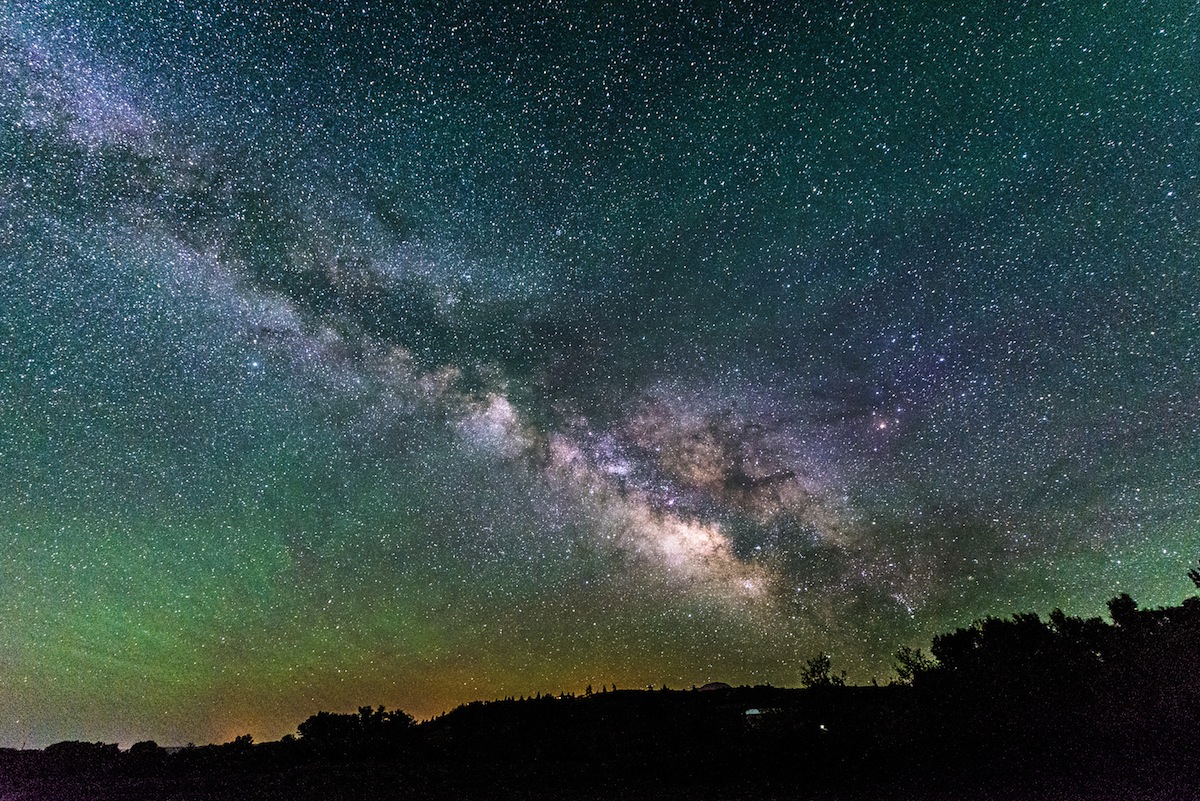The Local newsletter is your free, daily guide to life in Colorado. For locals, by locals.
Just because the sun has set, doesn’t mean the sky is sleeping. Ron Hranac, president of the Denver Astronomical Society (DAS), shares some of his favorite spots for viewing the cosmos along the Front Range.
Chamberlin Observatory

The University of Denver’s historic Chamberlin Observatory—which will celebrate the 120th anniversary of its first light this summer—provides a glimpse into the heavens right in the middle of the city. Bonus: The DAS hosts monthly open houses and weekly public nights at the observatory, so you can get expert guidance.
Pine Valley Ranch Park
Located near the tiny community of Pine—about 14 miles south of Conifer—this 820-acre park is an ideal place to escape light pollution, but the true draw is the on-site observatory. Built in 1937 by wealthy Chicago businessman William Baehr to accompany his nearby summer home, the observatory hosts regular viewing events.
Rocky Mountain National Park
The perennially popular Rocky Mountain National Park is an ideal place to explore the night sky on your own with a telescope or binoculars. Hranac suggests the top of Trail Ridge Road, where lower horizon lines open up more of the sky, or setting up in one of the many meadows.
Tip: While ultra-high-elevation spots—like fourteeners—get stargazers closer to the sky, they don’t actually foster the best views of stars. Reduced oxygen to the eye can decrease visual acuity, so Hranac recommends stargazing at elevations of 9,000 to 10,000 feet, or less.
—Image courtesy of Shutterstock








